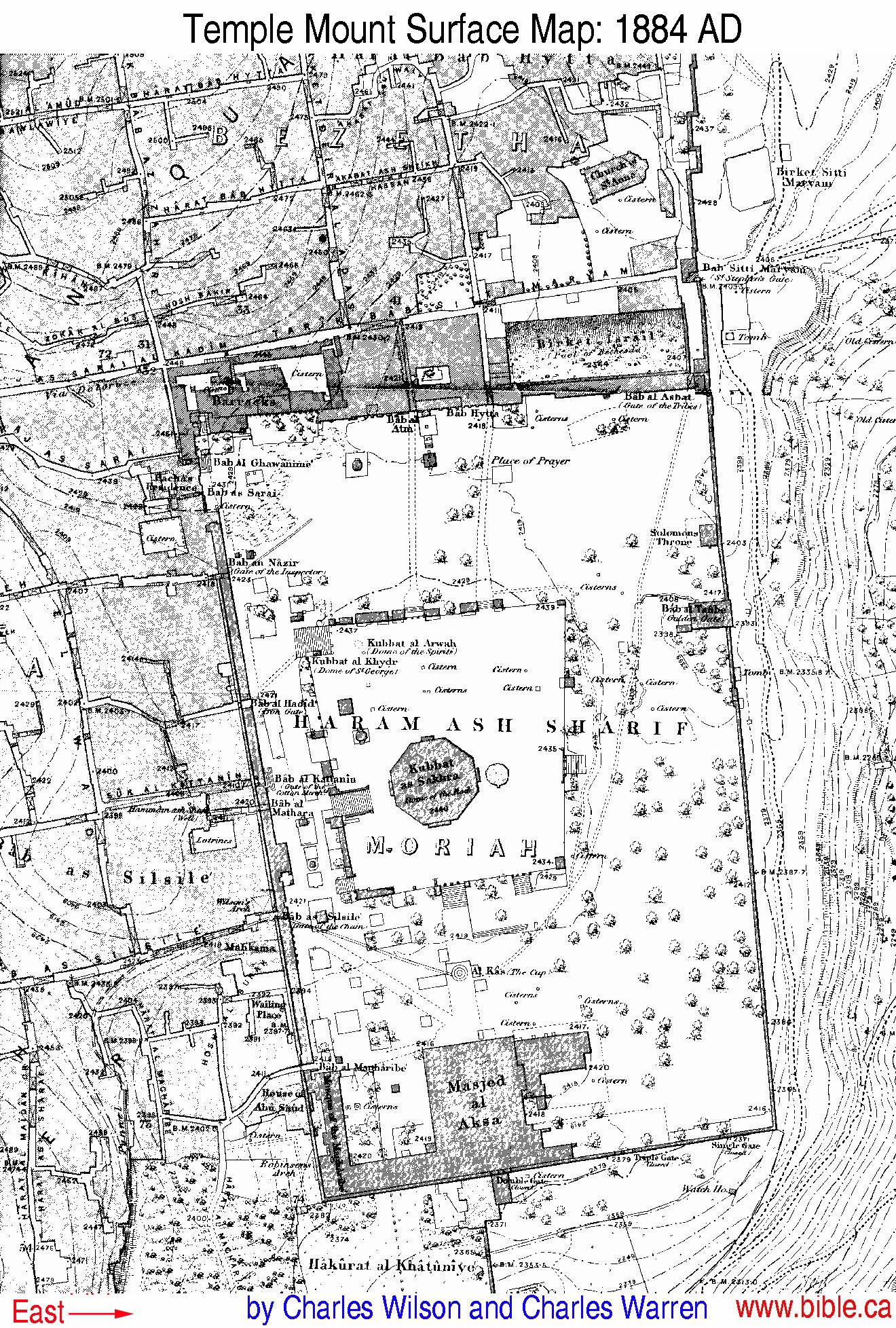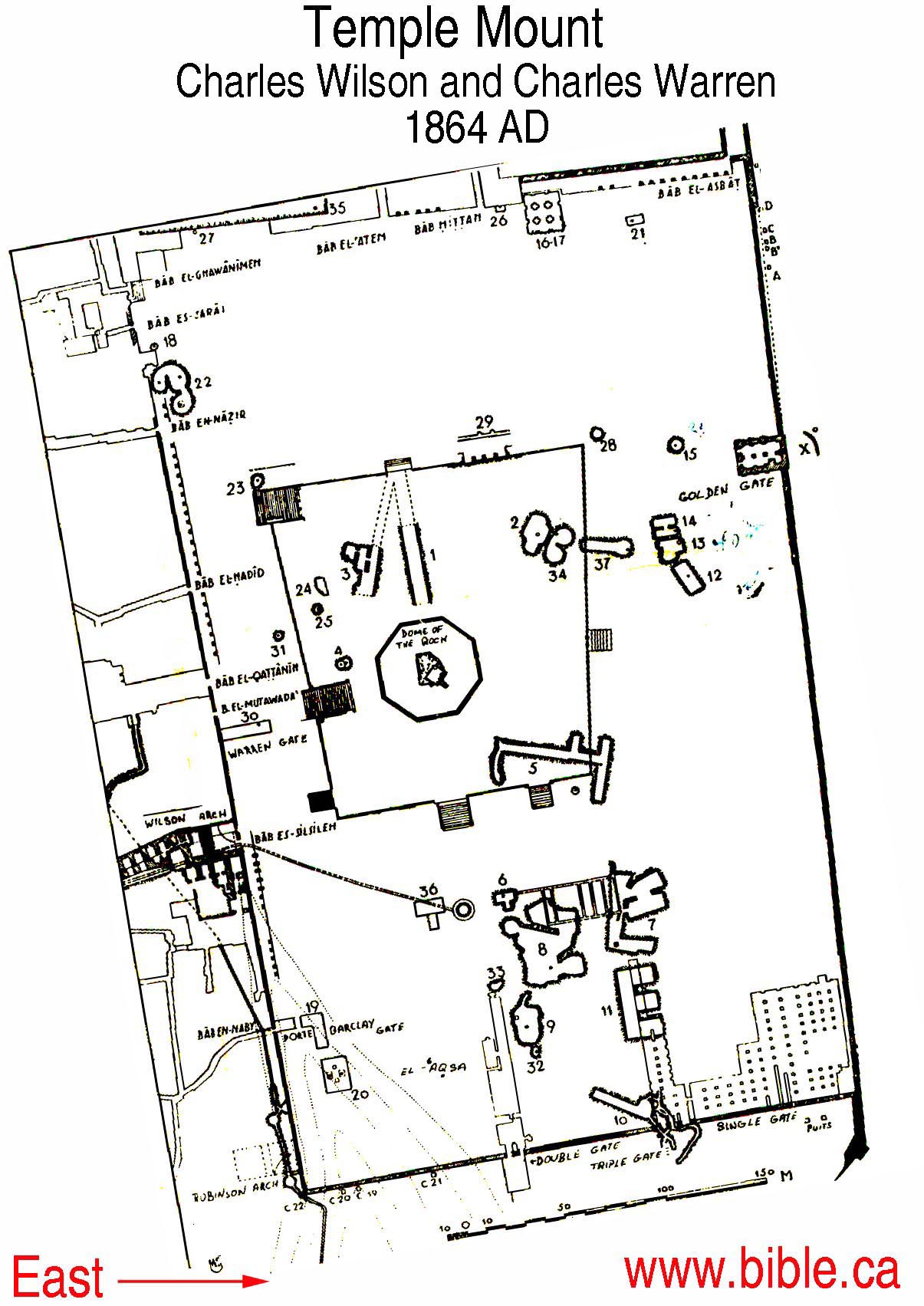-Aerial-Temple_Mount-(south_exposure).jpg/1024px-Jerusalem-2013(2)-Aerial-Temple_Mount-(south_exposure).jpg) “Shortly after the conquest of Jerusalem in 1099, the Al-Aqsa Mosque became the residence of the Frankish kings of Jerusalem. But the kings were not able to maintain the building in the condition in which they had found it.” Perhaps that is what inspired king Baldwin II to lend the site to the young Templar Order. A reconstruction.
“Shortly after the conquest of Jerusalem in 1099, the Al-Aqsa Mosque became the residence of the Frankish kings of Jerusalem. But the kings were not able to maintain the building in the condition in which they had found it.” Perhaps that is what inspired king Baldwin II to lend the site to the young Templar Order. A reconstruction.“Foucher of Chartres (1059- after 1128), the chaplain of King Baldwin I of Jerusalem, writes (in his Chronicle Gesta Francorum Iherusalem Peregrinantium, started about 1101 and finished around 1128, TN) that because of lack of money the king was unable to repair the building’s roof, and when lead fell from it, he would sell it to merchants. Indeed he would even order the lead to be stripped, and then sell it. Later, in the second redaction of his chronicle, Foucher describes the building (probably mainly the building’s eastern part, TN) as already largely ruined.
In about 1120 King Baldwin II assented to lend for some time the Temple or Palace of Solomon to the young Templar Order. Its Primitive Rule (after 1129, TN) implies that the palace, after having come into Templar hands, would have comprised a refectory, a church, a chapter house, and an infirmary. Usāma ibn Munqidh (1095-1188) relates that beside the Aqsa Mosque stood a small mosque that the Franks turned into a church. Al-Idrīsī (1100-1166), the Muslim geographer who worked at the Norman court in Palermo, wrote around 1154 that the Templars converted the Aqsa Mosque into chambers in which their companies were lodged.
Yet, even as the Templars adjusted the building to their needs, the kings of Jerusalem continued to regard it as their property. To demonstrate that the Templars were holding it merely on loan, they would host there a festive dinner immediately upon their coronation. (…) Nevertheless the Templars engaged in extensive building activities near the erstwhile
mosque. Johann of Würzburg, whose pilgrimage has been dated to 1160-1170, relates that the Templars have near the Palace of Solomon many large and spacious edifices and that they are erecting there a large new church that has not yet been completed.
Theoderich, who visited Jerusalem probably in 1169, describes the Templar buildings in
greater detail.” His description is the subject of a another blog.
Support TemplarsNow™ by becoming a Patron, tipping us or buying one of our Reliable Books


